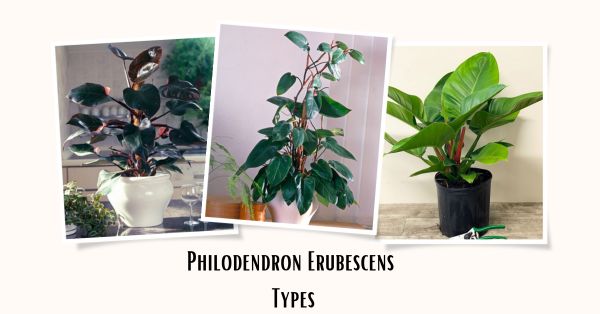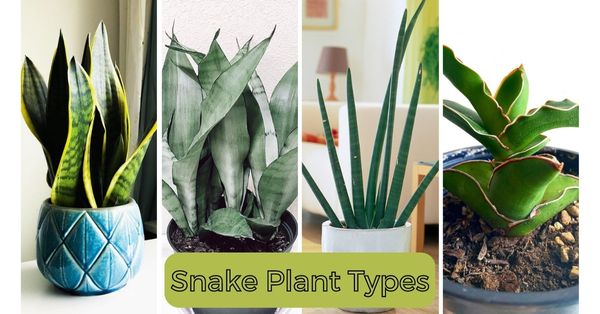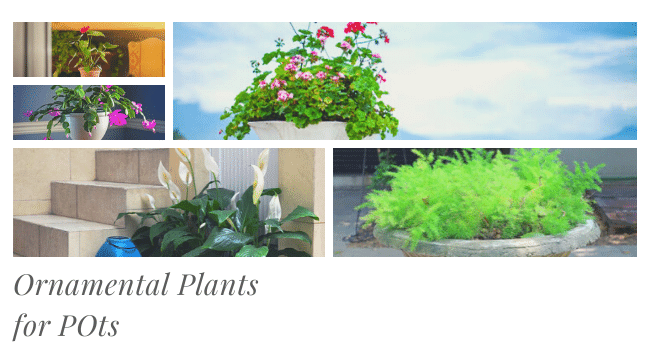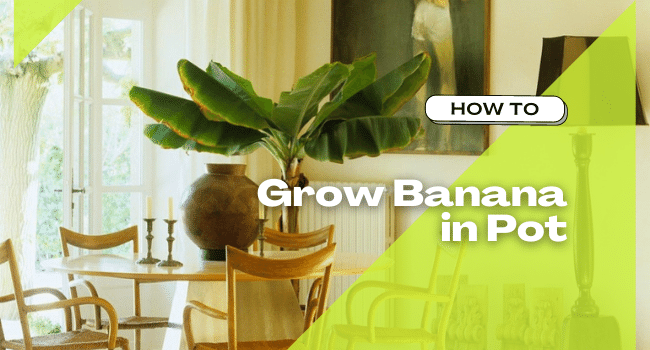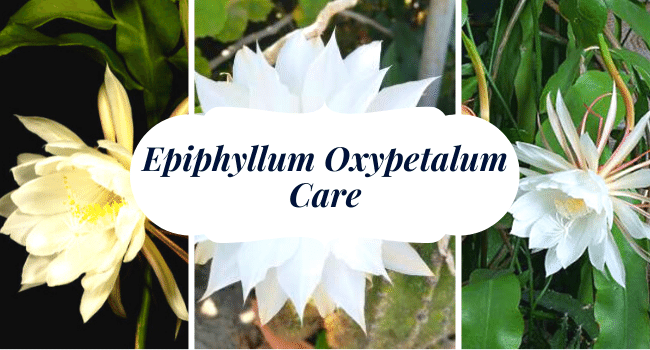Jade Pothos Plant Care Indoors | Growing Jade Pothos
Jade pothos is a gem among all other pothos cultivars. You’ll be able to do Jade pothos plant care indoors in a cinch after going through this post.
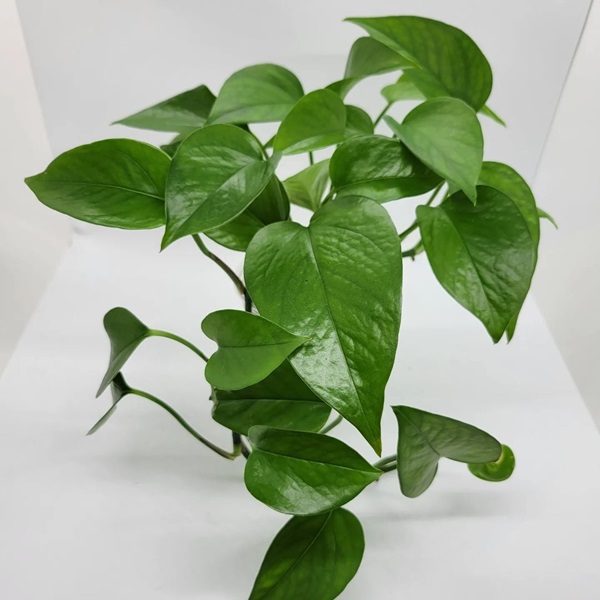
Botanical Name: Epipremnum aureum ‘Jade’
Jade pothos is a resilient, low-maintenance houseplant that adds a tropical flare to indoor spaces. It’s a perfect plant for novice gardeners because of its forgiving nature. The heart-shaped leaves of Jade pothos come in deep green hues with a shiny notes. Jade pothos is also on the list of plants that purify indoor air, as per NASA. Learn how to do Jade pothos plant care indoors!
How to Grow Jade Pothos
Get jade pothos from the nearby garden center, nursery, or a trusted online vendor. It thrives in bright indirect light, so choose the location accordingly. Water thoroughly and check that potting mix is dry a couple of inches below the surface before watering. Occasion fertilizing will boost growth but isn’t necessary.
Related Post: Types of Pothos Plants
Propagating Jade Pothos
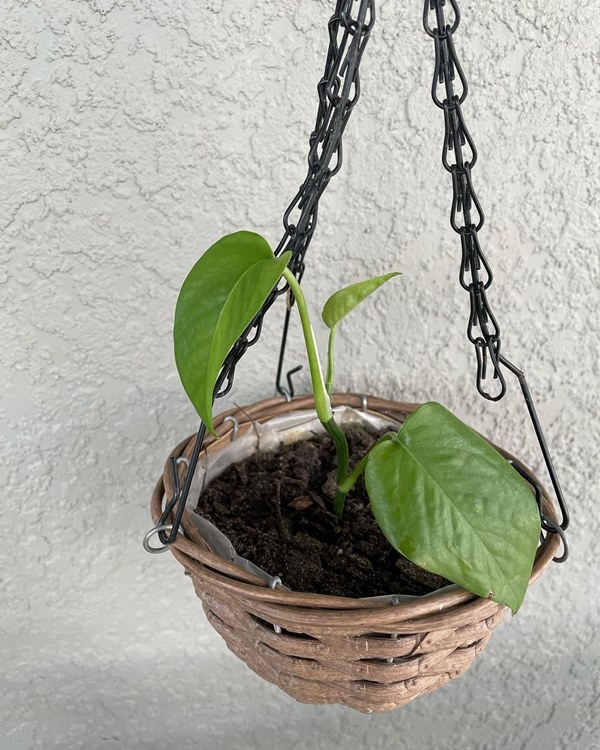
Similar to other pothos cultivars, the best way to propagate Jade pothos is from stem cuttings. The step-by-step tutorial on propagating Jade pothos from stem cuttings.
- Take a 4-6 inches long cutting at an angle using a sharp and sterilized tool.
- Remove the bottom half of the leaves and place the cutting in a jar filled with water.
- Make sure that the foliage remains above the water level.
- Place the jar in a warm spot with bright indirect light and change the water weekly.
- Roots will start to grow in a couple of weeks; wait for roots to become a couple of inches long before transplanting.
- Transplant the rooted Jade pothos into a pot filled with a well-draining potting mix.
Choosing the Container
Start in a container 8-10 inches in size and then move the larger pot as the plant matures. There is no need to fret over the material of the pot but make sure that the pot has drainage holes at the bottom.
Repotting
Jade pothos requires annual repotting as it doesn’t like remaining pot-bound. Roots from the drainage holes at the bottom signify that Jade pothos has become too large for the pot. Carefully lift the plant and gently remove excess soil sticking to the roots. Repot in a container couple of sizes large than the old one!
Location
Jade pothos is more adapted to low-light conditions than other pothos. For optimum growth, place Jade pothos where it receives bright indirect light. Locate it at the center of a well-lit room or near a north-facing window. It can also grow under artificial lights.
Soil
Go for a standard houseplant potting mix that’s well-draining for Jade pothos. Some ingredients to look out for are perlite and peat moss (coco coir) in good quality potting mix. You can also use them later if the potting mix isn’t well-draining.
Watering
Watering thoroughly once a week will suffice! Allow the excess water to drain completely from the bottom of the pot, as it doesn’t like wet feet. In winter, you can reduce watering to once every 2-3 weeks. A good rule of thumb is water when potting mix becomes dry a couple of inches below the surface.
Temperature and Humidity
The ideal temperature range for Jade pothos lies between 65 to 80 degrees F. Anything below 50 degrees F will cause harm to the plant. It thrives near kitchen and bathroom windows due to high humidity levels but also does well in moderate humidity. If the surrounding air is dry and uncomfortable, misting around the plant will help.
Jade Pothos Plant Care
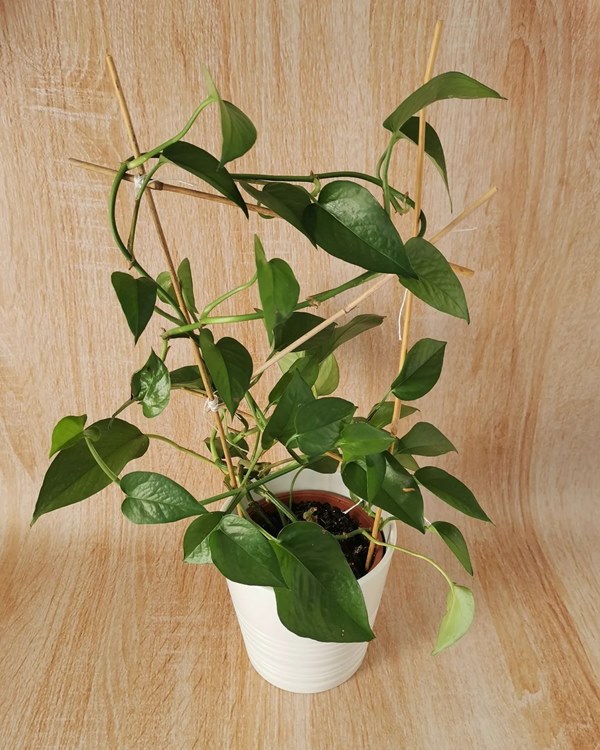
Pruning
Cut back dead and decaying parts of the vine and foliage to promote new healthy growth. If the plant gets too large to manage, prune it back to keep it contained. You can propagate new cuttings during pruning in summer and spring.
Fertilizer
Fertilizing in springs and summers will boost growth and enhance foliage hues. Use a well-balanced houseplant fertilizer diluted half to its strength once or twice a month. Adding aged compost to the potting mix is an organic way to increase nutrient availability.
Pests and Diseases
Indoor, it’s uncommon for pests to damage the foliage; some common pests, such as Aphids, mealybugs, and mites, can cause some trouble. Handpick these pests or spray diluted neem oil solution over the foliage. Overwatering and soggy soil can cause root rot which can kill the plant.
Jade Pothos Toxicity
Pothos, including Jade pothos, are toxic, so keeping them out of reach from children and pets is advisable. If ingested, seek medical attention as soon as possible.
